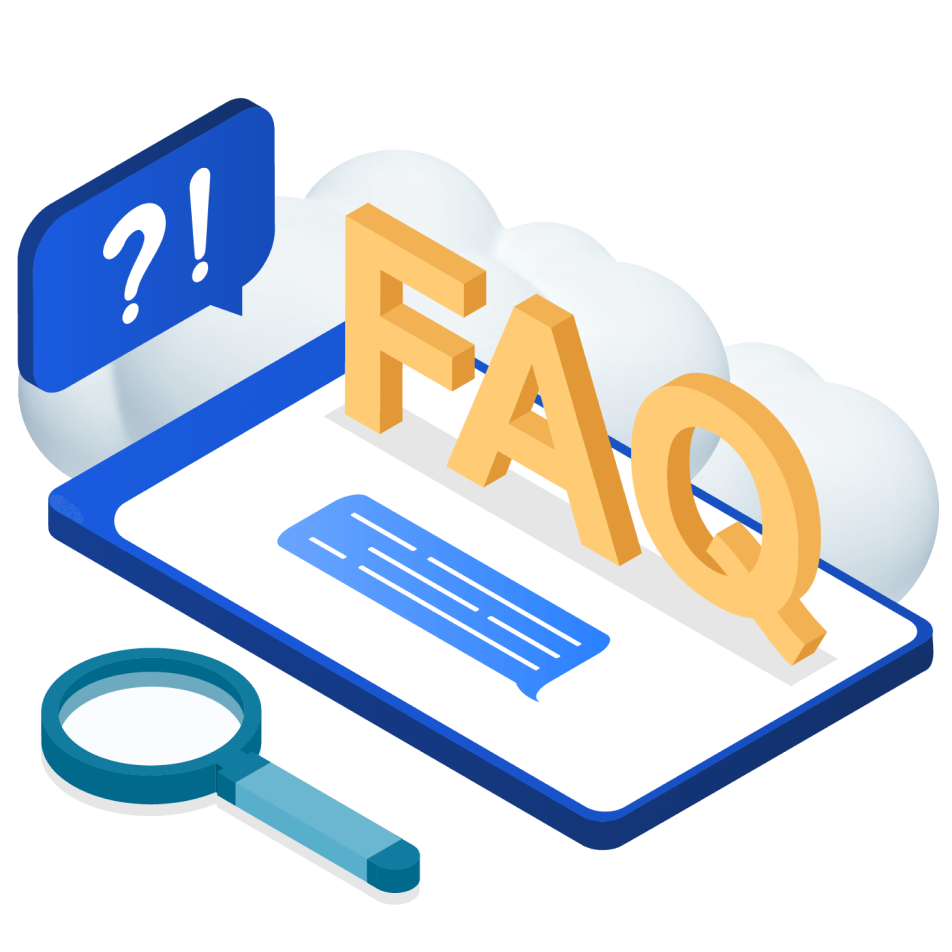- RPA Services
- Microsoft Power Automate
Elevate Efficiency with Microsoft Power Automate
- At BIITS, we harness the powerful capabilities of Microsoft Power Automate, a leading Robotic Process Automation (RPA) platform, to revolutionize and optimize your business operations. Microsoft Power Automate offers a versatile suite of automation tools designed to increase efficiency, reduce operational costs, and enhance overall productivity by automating both routine tasks and complex workflows. Our approach begins by crafting and implementing customized automation strategies using Microsoft Power Automate, ensuring seamless integration with your existing systems and processes to deliver significant improvements in workflow efficiency.
- We utilize Power Automates advanced features to analyse and optimize your business processes, identifying key automation opportunities that lead to greater accuracy and operational effectiveness. Our services include developing custom automated workflows, known as "flows," that are specifically tailored to meet your unique business needs. These flows automate intricate tasks and processes, freeing up your team to focus on higher-value activities and strategic initiatives.
- We offer comprehensive support throughout the entire lifecycle of your automation solutions, from initial consultation to deployment and ongoing maintenance. Our end-to-end services ensure that your Power Automate solutions are implemented smoothly and continue to perform effectively over time. Additionally, we provide empowering training programs to ensure your team is proficient in using Microsoft Power Automate, enabling them to efficiently manage and adapt automation solutions as your business evolves.
- Our commitment to continuous improvement includes regular monitoring, maintenance, and updates of your Power Automate systems, keeping your automation technology current and effective. By integrating Microsoft Power Automates cutting-edge technology into your operations, we help you achieve unprecedented levels of efficiency, precision, and scalability. At BIITS, our dedicated team is focused on delivering tailored Microsoft Power Automate solutions that drive substantial business growth, enhance operational excellence, and provide long-term, measurable benefits for your organization.


Benefits of choosing BIITS for your Microsoft Power Animate services
Custom Automation Solutions: Tailored Power Automate workflows designed to seamlessly integrate with your existing systems, streamlining operations and enhancing productivity.
Workflow Optimization: Expert analysis and optimization of business processes using Power Automates advanced features, driving efficiency and accuracy across your organization.
End-to-End Support: Comprehensive support from consultation through deployment and beyond, ensuring your Power Automate solutions deliver consistent, optimal results.

Tailored Flow Development: Creation of custom flows and automated processes specific to your business needs, automating tasks to increase operational efficiency.
Continuous Maintenance and Upgrades: Ongoing monitoring, maintenance, and upgrades to keep your Power Automate solutions current, effective, and aligned with your evolving business needs.
Frequently Asked Questions
What is Microsoft Power Automate?
Microsoft Power Automate is a cloud-based service that allows users to automate workflows and processes across different applications and services. It enables the creation of automated tasks, notifications, and data integrations, enhancing productivity and efficiency.
How can Power Automate benefit my business?
The first thing to consider is that the word “data lake” will not usually be used to characterize a specific product or service, but rather an approach to the design of big data that can be summarized as store now, analyze later. In other words, we would use a data lake to store unstructured or semi-structured data in its original form, in a single repository that serves multiple analytical use cases or services, unlike the traditional data warehouse approach, which involves imposing a structured, tabular format on the data when it is ingested.
What types of workflows can I automate with Power Automate?
The first thing to consider is that the word “data lake” will not usually be used to characterize a specific product or service, but rather an approach to the design of big data that can be summarized as store now, analyze later. In other words, we would use a data lake to store unstructured or semi-structured data in its original form, in a single repository that serves multiple analytical use cases or services, unlike the traditional data warehouse approach, which involves imposing a structured, tabular format on the data when it is ingested.
Is Power Automate easy to use for non-technical users?
The first thing to consider is that the word “data lake” will not usually be used to characterize a specific product or service, but rather an approach to the design of big data that can be summarized as store now, analyze later. In other words, we would use a data lake to store unstructured or semi-structured data in its original form, in a single repository that serves multiple analytical use cases or services, unlike the traditional data warehouse approach, which involves imposing a structured, tabular format on the data when it is ingested.
What are the key features of Power Automate?
The first thing to consider is that the word “data lake” will not usually be used to characterize a specific product or service, but rather an approach to the design of big data that can be summarized as store now, analyze later. In other words, we would use a data lake to store unstructured or semi-structured data in its original form, in a single repository that serves multiple analytical use cases or services, unlike the traditional data warehouse approach, which involves imposing a structured, tabular format on the data when it is ingested.

Is the huge volume of data is too hard to handle ?
Let us help you to give best solutions for enterprising data lake & data warehousing.
